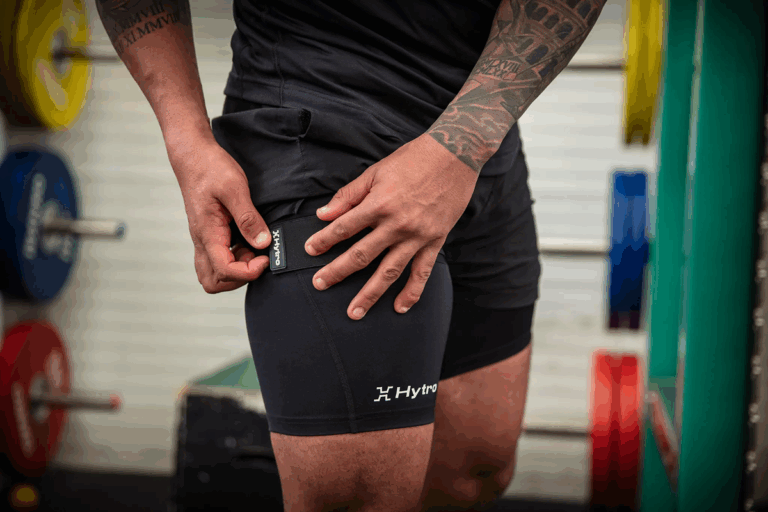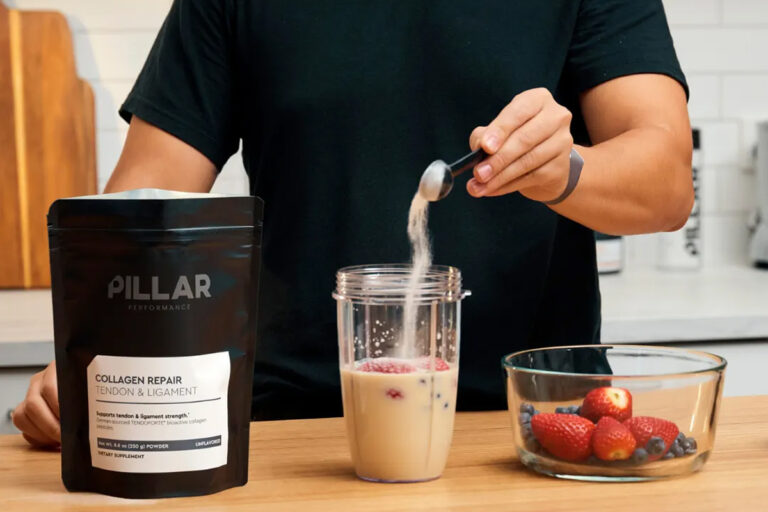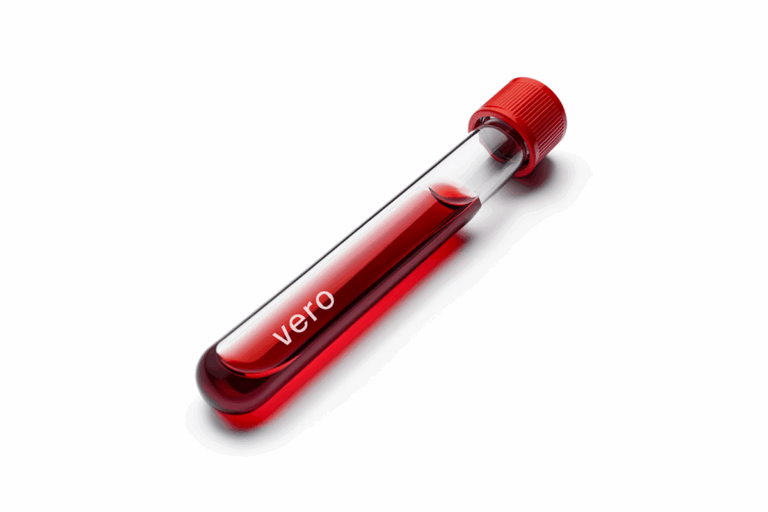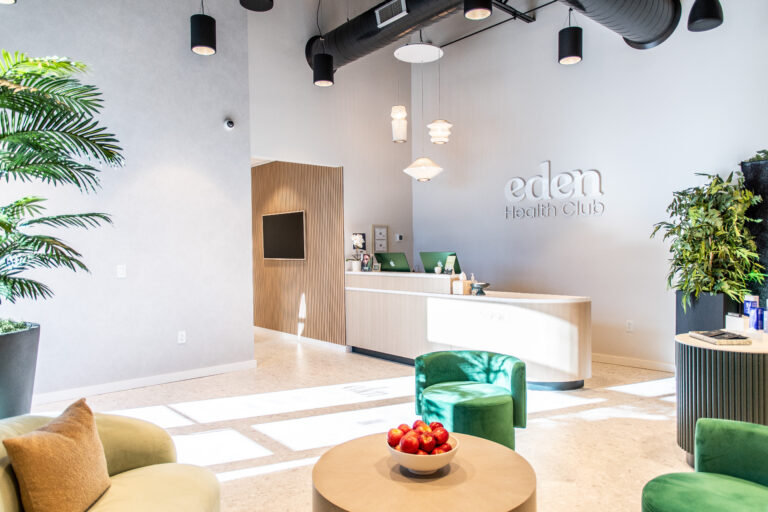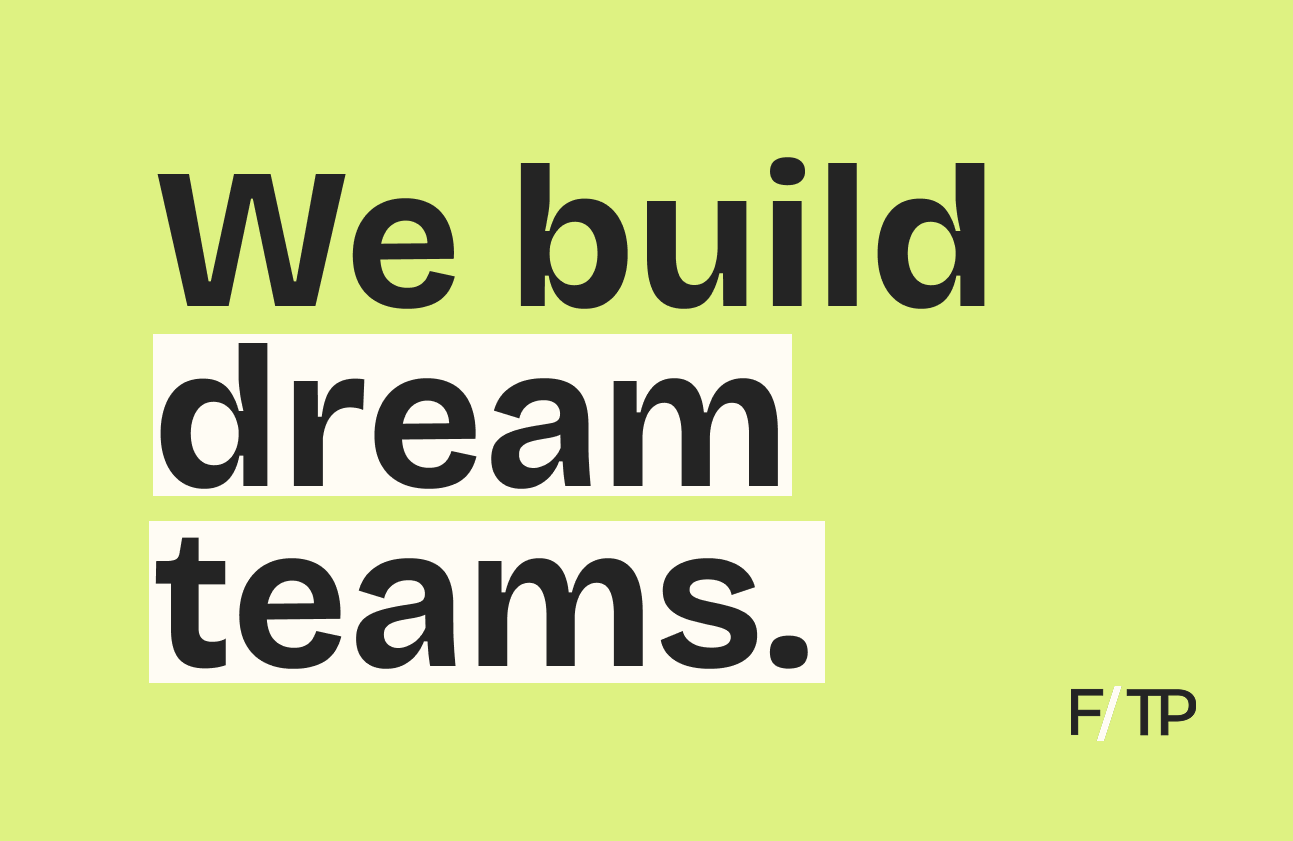In this Q&A, you’ll hear from Mohit Kumar, founder & CEO of Ultrahuman, a health optimization platform.
Witnessing the competitive edge data provided while training for Muay Thai, he launched Ultrahuman to provide deep insights for performance and well-being. Enhancing its ecosystem, Mohit discusses how the company is just getting started.
Get us up to date with Ultrahuman.
Mohit Kumar: Self-quantification is the future, and the team behind Ultrahuman understands that. Using various biomarkers, our goal is to provide a comprehensive performance tool.
Our first product launch, a continuous glucose monitoring platform called Ultrahuman M1, gives intelligent nudges based on glucose biomarkers to help optimize exercise, sleep, and nutrition.
We’ve also created the world’s lightest smart ring, the Ultrahuman Ring AIR — a super-comfortable fitness wearable designed for sleep tracking. It’s minimalistic, notch-less, and ultra-thin for maximum comfort day and night.
Then there’s Blood Vision, a groundbreaking preventative blood testing platform with UltraTrace™ technology, working to correlate changes in sleep, heart rate, and movement trends with blood markers.
What’s cool about the product suite is that the Ring AIR, M1, and Blood Vision all work together to bring deep insights into your health.
What’s your strategy for building out the platform?
MK: Our approach to expanding our hardware, software, and services is deeply rooted in a core principle: empowering users to measure their health status and take preventative actions.
We’re driven by a philosophy that emphasizes proactive health management over reactive disease treatment.
But, what’s important for the users of our platform is that ease of use, enabled by focusing on passive health markers like continuous glucose, sleep, movement, and HRV. Passive monitoring reduces the perceived effort it takes for an individual to measure health performance.
In the future, you’ll see us bringing other passive markers like lactate, ketones, alcohol, and inflammation.
How do you differentiate in a competitive health tracking market?
MK: Ultrahuman is a multi-biomarker platform and offers the most continuous tracking metrics of any other platform on the market.
Different from software aggregators, we offer native measurement of data by owning both software and hardware. This gives us the ultimate quality control, and that’s key when it comes to a topic like health monitoring.
What role will wearable technology play in the future of healthcare?
MK: At this moment, we know more about our cars than our own bodies.
Wearable technology will help develop a more comprehensive dashboard for an individual’s health, offering real-time insights and personalized monitoring. In a short span of time, we could see a massive change in form factors, an expansion of the kind of markers that are tracked, and broadening approaches to preventative medicine.
What developments are on the roadmap for the next six months?
MK: In June, we launched Ultrahuman Home, a home monitoring device tracking the humidity, CO, CO2, particulate matter, pollen, and temperature of your home. Optimizing these external markers is really important because they have a long-term and direct impact on your health.
We’ve also just announced our UltraFactory in the US, due to be operational in the next six months. The US is an interesting market for us given the huge demand, but we also see the tremendous value from a manufacturing and research perspective, allowing us to evolve the form factor further.
Looking ahead, Ultrahuman is on track to surpass $100M in annualised revenue run rate (ARR) by the end of 2024, a milestone that will be achieved profitably.
We are also launching new capabilities on the Ring AIR, including a new feature that helps users harness the power of breathwork. Through 17+ breathing protocols, this mode allows users to regulate their autonomic nervous system while understanding how it affects their heart rate (HR) and temperature.
We also debuted the Stress Rhythm Score on the Ring AIR — a novel capability that helps you decode stress. This groundbreaking approach leverages HR, resting heart rate (RHR), HRV, and circadian rhythm.
There are lots of other features slated for release this year, and we are excited to share the roadmap for these with you soon.
What upcoming consumer trends are you most excited about?
MK: I think the most exciting trend is the measurement of molecules like glucose, ketones and lactate.
The last two decades were focused on deriving as much data as possible through PPG [optical] data, but biomolecule data is a gold mine when it comes to giving people feedback on their food, stress, and inflammation.
If you’re interested in having your company featured in our Q&A series, send an email to team@fitt.co.


